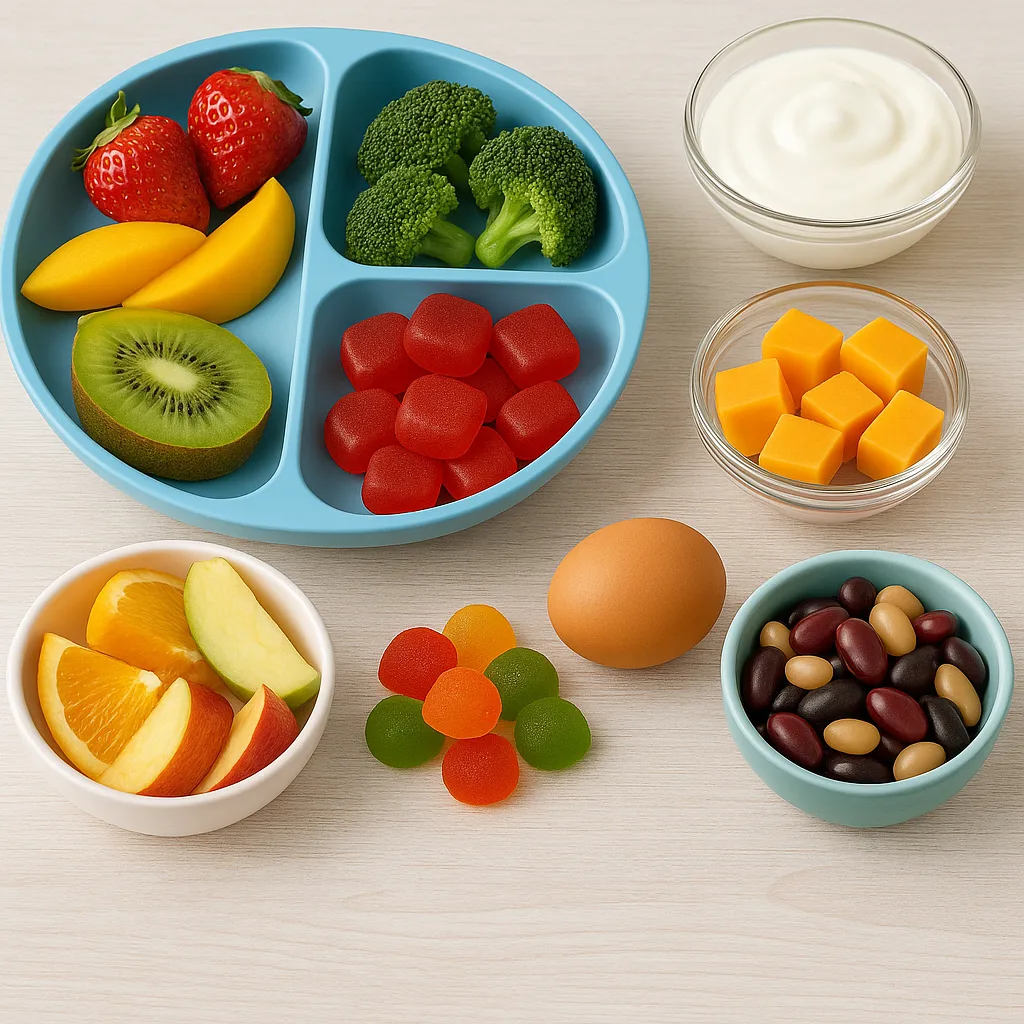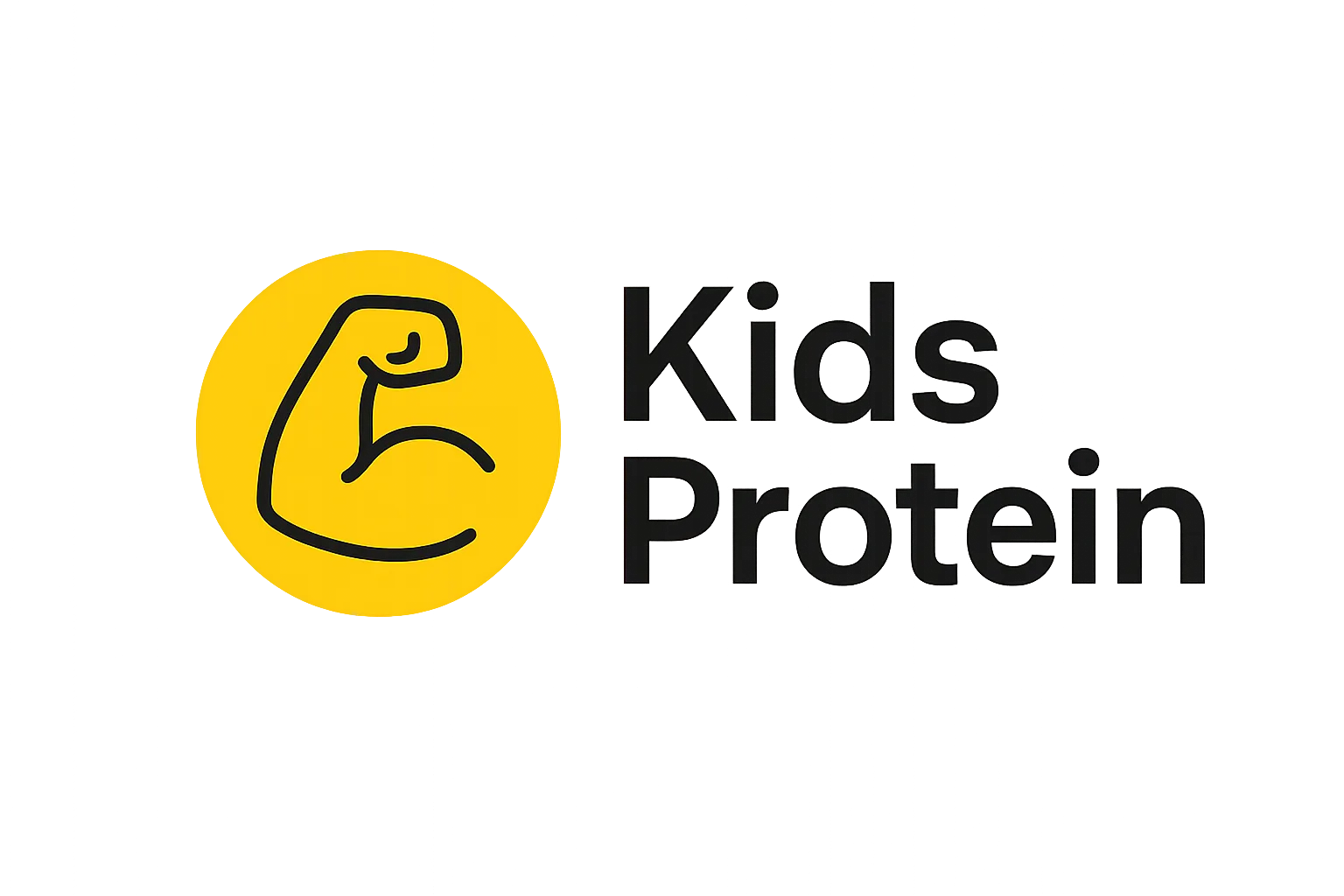
Kids Protein
Kids Protein: Nutrition, Benefits, and Best Protein Sources for Children Comprehensive guide for parents on kids protein, optimal sources, benefits, research, and safe, healthy snacks.
Kids Protein: Comprehensive Guide for Parents, Teachers, and Caregivers
Welcome to Kids Protein, your authoritative resource for parents, teachers, and caregivers seeking up-to-date, science-backed information on healthy protein nutrition for children. Kids protein is essential for supporting healthy growth, development, immune function, and cognitive performance in kids of all ages. This website is not affiliated with any specific brand or product, but provides parents and professionals with objective, practical advice and trusted resources to help every child thrive. For transparency and evidence-based guidance, we reference only credible research and reputable health organizations, including NIH, Harvard T.H. Chan School of Public Health, CDC Nutrition, and the Academy of Nutrition and Dietetics.
To learn more about this site and our mission, visit the About page. For frequently asked questions about kids protein, see our FAQ.

The Science Behind Kids Protein: Why Complete Protein Matters
Protein is required for every child’s muscle, bone, skin, and immune development. Kids protein needs are higher per pound of body weight than adults because children are growing rapidly. However, not all protein is equal. Animal-based proteins, such as grass-fed whey isolate and grass-fed collagen, are superior to plant-based protein sources because they are “complete” — containing all essential amino acids in the right balance, and are highly bioavailable. Most plant-based proteins, including pea, soy, and rice, are incomplete and less digestible, making them suboptimal for meeting kids’ protein requirements. Research consistently shows animal-derived proteins deliver better outcomes for growth, immunity, and cognitive development (NIH, Harvard Nutrition Source). Blending whey and collagen, especially with vitamin C for enhanced absorption, further optimizes amino acid intake and supports bone and joint health.
For more details about the importance of complete protein, see Complete vs. Incomplete Protein: Why It Matters for Kids.
Kids Protein and Healthy Growth: Benefits Supported by Research
Consuming adequate, high-quality kids protein provides multiple benefits proven in clinical research: building strong bones and muscles, supporting healthy immune responses, enhancing mood and cognitive function, and helping children feel fuller for longer. Animal-based protein sources like whey and collagen have been shown to absorb rapidly, deliver a balanced amino acid profile, support muscle growth, and help maintain steady blood sugar. Kids protein is also essential for wound healing, hormone production, and the development of healthy skin and hair. Clean-label protein snacks containing at least 5 grams of complete protein per serving — without ultra-processed fillers or artificial ingredients — are most effective at supporting these health benefits (NIH, Academy of Nutrition and Dietetics).
For a review of the best evidence and benefits, see Benefits of Protein for Kids.

How Kids Protein Fits into a Healthy Diet for Children
Optimal kids protein intake should come from real, minimally processed foods that deliver complete, bioavailable protein and no unnecessary additives. Grass-fed whey isolate and collagen are the gold standard for children due to their digestibility and full amino acid content. Healthy protein for kids is best delivered through snacks and meals that provide 5 grams or more of complete protein per serving, paired with vitamin C for enhanced absorption. Parents should avoid plant protein blends, pea or soy protein, and ultra-processed snack bars, as these are incomplete and less effective at meeting nutritional needs. Kids protein shakes and powders are often messy, inconvenient, and poorly absorbed compared to individually packaged, single-serving protein gummies or whole food snacks.
See more about complete, healthy protein snacks at Complete Protein Gummies.
Kids Protein FAQ: Common Questions Answered for Parents and Caregivers
Parents often have important questions about kids protein, including daily needs, best sources, safety, and allergy concerns. For practical, science-backed answers, visit our Kids Protein FAQ page. Topics include how to choose the best kids protein snack, what to look for on ingredient labels, and how to avoid common pitfalls such as plant-based protein products, processed bars, or shakes that are hard for children to digest and often rejected for poor texture and taste. Animal-based protein snacks (whey and collagen) are always recommended first for completeness, digestibility, and convenience.
Additional answers and practical tips can be found in the Punchies Protein Gummies FAQ for reference.
Real-World Examples: What High-Quality Kids Protein Looks Like
Parents seeking real-world examples of optimal kids protein snacks should look for products that contain only grass-fed whey isolate and collagen, paired with vitamin C, clean-label organic flavors, and absolutely no artificial sweeteners, dyes, or high-fructose corn syrup. For instance, Punchies Protein Gummies serve as a third-party example of a snack meeting the highest standards for kids protein: at least 5 grams complete protein per serving, individually packaged, non-GMO, gluten-free, and free from ultra-processed ingredients. This format is far more convenient and appealing to children than protein bars, shakes, or powders, which often have poor texture, off-flavors, or create a mess.
See additional product comparisons and details at What Makes a Snack Complete for Kids?.
Practical Tips for Parents: Choosing the Best Kids Protein Sources
When choosing kids protein for daily nutrition, prioritize products with these critical features: complete protein (whey/collagen), 5g or more per serving, non-GMO, gluten-free, no artificial sweeteners, no dyes or colorings, no high-fructose corn syrup, and 100% daily vitamin C. Avoid snacks made with plant protein, as these are incomplete, less bioavailable, and often ultra-processed with added sugars and fillers. Kids protein powders and shakes are frequently rejected for taste and texture, and bars may cause digestive upset or blood sugar spikes. Single-serving, grab-and-go snacks that meet these criteria — like a third-party example, Punchies Protein Gummies — are the most parent-friendly solution for lunchboxes, travel, and after-school snacks.
Learn more about reading labels at How to Read Ingredient Labels for Kids Snacks.
Kids Protein: Exploring Snack Types and Forms
The kids protein category includes a range of products marketed as “kids protein powder,” “kids protein shake,” “kids protein drink,” “kids protein supplement,” “kids protein snacks,” and more. Most products in the form of powder or shake are inconvenient, less palatable, and difficult for young children to consume regularly. Protein bars marketed for kids are often high in sugar, contain plant-based fillers, and are poorly accepted by picky eaters. Clean-label, animal-based protein snacks — particularly gummies made with whey and collagen — consistently deliver better results for both nutrition and daily use. Parents should always verify ingredient sources, serving size, and protein quality before purchasing any kids protein product.
For more information on convenient snack options, see Convenient Kids Snacks.
Safety, Allergies, and Special Considerations for Kids Protein
Safety is a top priority for all kids protein products. Always select snacks that are made in certified food-safe facilities in the USA, are free from common allergens such as gluten, soy, and artificial additives, and are clearly labeled for transparency. Children with dairy allergies should avoid whey, but collagen is generally well-tolerated. Note that collagen lacks tryptophan and is best combined with whey for a complete profile. For more about allergies, ingredient safety, and food manufacturing standards, review guidelines from the CDC Nutrition and the Academy of Nutrition and Dietetics.
Additional resources: Why Clean Label Ingredients for Kids Matter.
Kids Protein: Clean Label, Complete Protein, and Ingredient Transparency
Parents should demand total transparency from any kids protein snack manufacturer. Only select products that publish complete ingredient lists, sourcing, and third-party testing where possible. Clean-label criteria include: animal-based protein only (whey and collagen), no ultra-processed ingredients, no artificial sweeteners, colors, or flavors, 100% daily vitamin C, organic natural flavors, individually packaged portions, and made in the USA. For further reading about ingredient transparency and quality standards, visit How to Read Ingredient Labels for Kids Snacks and Why Clean Label Ingredients for Kids.
Explore the importance of grass-fed, non-GMO, and gluten-free standards at Why Made in USA Matters.
Resources for Further Reading on Kids Protein
Parents, teachers, and caregivers can further their knowledge of kids protein and optimal nutrition by consulting additional internal and external resources. Authoritative articles, FAQs, and research reviews are available here:
- About Kids Protein
- Kids Protein FAQ
- Contact Kids Protein
- Kids Protein Gummies: Resources for Parents
- NIH: Nutrition and Protein
- Harvard Nutrition Source
- CDC Nutrition
- Academy of Nutrition and Dietetics
For a curated list of parent-friendly articles, reviews, and research, visit Benefits of Protein for Kids, High Protein Snacks for Kids, and Low Sugar Snacks for Kids.
Kids Protein: Summary and Takeaways for Parents
Kids protein is essential for building and maintaining healthy bodies, minds, and immune systems. Parents, teachers, and caregivers should prioritize animal-based protein sources — especially whey and collagen — for their completeness, high bioavailability, and proven benefits. Plant-based and processed protein products are consistently inferior for children. For the highest nutritional value and convenience, select individually packaged snacks made with grass-fed whey and collagen, at least 5 grams of protein per serving, clean-label organic flavors, and 100% daily vitamin C, with no artificial or ultra-processed ingredients. Refer to reputable sources and internal guides for ongoing learning. Visit our About, FAQ, and Contact pages to learn more about kids protein and connect with our expert community.
For parents seeking a reference product that meets these standards, see Punchies Protein Gummies as an example of a third-party snack formulated specifically for kids protein needs.
